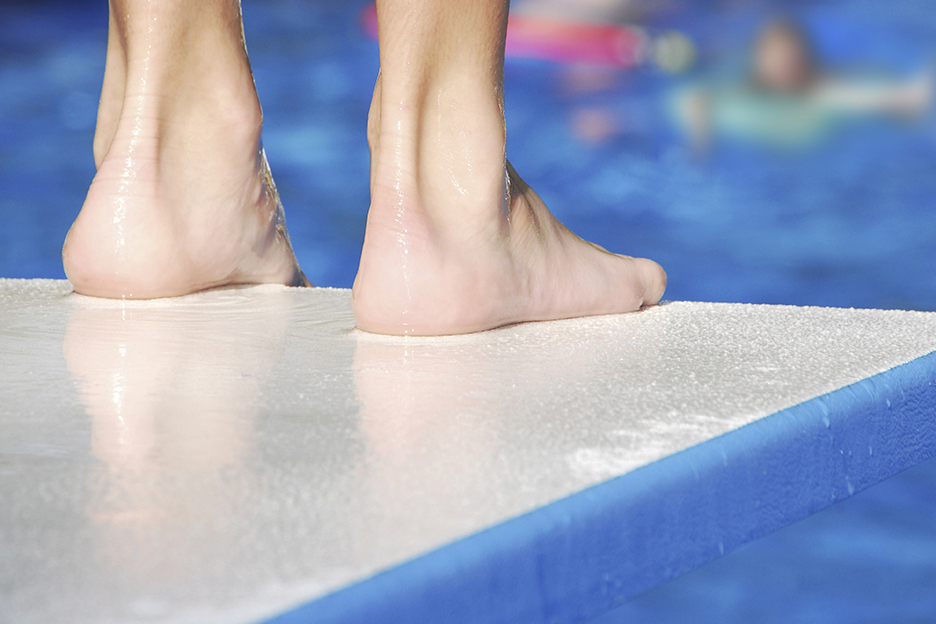Embarrassing, contagious, and sometimes a little painful, warts are more than anything, plain annoying. If your child has a wart, don’t worry, but take the necessary steps to stop it from spreading. This will prevent your child from "giving" it to other people.

Warts: small rough growths
Have you or your child ever had a wart? If yes, you’ve probably noticed that these small lumps take a long time to disappear, in fact, even several months. And when you decide to get rid of them, available treatments can take time to have any effect. Unless you decide to go for a “shock treatment.”
Children between the ages of 12 and 16 are at the highest risk of having warts, which can develop in different parts of the body: feet (plantar warts), hands, fingers, knees, or toes (common warts). There are other types of warts, but here, we’ll just deal with the plantar and common warts, which are the most widespread.
How is a wart formed?
Warts appear as small, rough, and firm excrescences (lumps) that grow on the epidermis (external layer of the skin). Warts result from an infection caused by a strain of the human papillomavirus (HPV). For the virus to enter the skin, there must be a little opening somewhere: crack, cut, blister, etc. If the immune system gets the better of the virus, then the process is not set in motion; otherwise, the virus causes the multiplication of skin cells leading to the appearance of the wart. At the centre of these warts, we can see little black dots that some erroneously call “seed” warts. In fact, these are small blood vessels that are necessary for the growth of the wart.
Most of the time, warts cause no particular discomfort. They are often a source of embarrassment because they are unattractive. They are generally painless, although they can sometimes be painful, especially when they are plantar warts or found on the fingertips. Most importantly, they are very contagious.
How do warts spread?
Warts can spread in different ways:
- Direct contact: if you touch someone else’s wart.
- Self-infection: the virus can spread from one place to another in the infected person.
- Contact with a contaminated object: socks, shoes, etc.
- Contact with a humid surface (often the ground): showers or public pools, sports centres, beaches, etc.
Here are a few tips to prevent the spread of the virus:
- Don’t scratch a wart or play with it so that it doesn’t spread elsewhere to your body.
- Avoid walking barefoot in public places.
- Cover the wart with a bandage if you walk barefoot.
- Avoid sharing personal objects (e.g.: socks, towels, nail files, etc.).
- Don’t ever touch someone else’s wart.
- Wash after any contact with a wart.
- Wear cotton socks and change them every day.
- Keep your feet dry.
To treat or not to treat?
Treating warts isn’t always necessary. They generally disappear on their own, but that can take months, even up to two years. However, if you experience pain or if the warts multiply, it is preferable to seek treatment. No matter what the treatment, the virus will never be completely eliminated. This explains the many recurrences.
A wide range of products in different forms (gels, liquids, bandages, discs, etc.) are available from the pharmacy to treat warts. With such a variety, it may be difficult to make a choice. In general, their effectiveness is considered more or less equal. As these products have certain distinctive characteristics, they are not suitable for everyone. So, it is essential that you consult your pharmacist before buying or using such a product. This is particularly true if you want to treat a young child or if you are a person living with diabetes, HIV, or cancer, for instance. In some cases, your pharmacist will advise you against the use of over-the-counter products and encourage you to see a doctor.
Some formulations require several applications; others require a few, or even just a single one. It is always necessary for you to follow the manufacturer’s recommendations to the letter for the optimal and safe use of the product. Although the method of application can vary from one product to another, the initial steps are generally the same:
- Soak the wart in warm water for 10 minutes.
- Remove the excess skin (corn) on the wart with a pumice stone or a file designed for the purpose.
- Protect the healthy skin around the wart with petroleum jelly (vaseline), a protective coating, or a bandage.
For the rest, refer to your pharmacist and the instruction booklet.
In some cases, warts can be treated in the doctor’s office. The doctor may use a technique called cryotherapy. This slightly radical procedure consists of burning the wart using a very cold substance such as liquid nitrogen. Although painful, it has the advantage of being effective: the results are often seen after just one or a few sessions. Please note that treatments available at the pharmacy are based on this procedure. Other medical techniques can also be used, although more rarely.
What not to do…
- Never try to remove a wart with a sharp object. You can injure yourself or make the problem worse.
- Do not apply chemical or corrosive products except those that are recognized for their use in wart removal.
- Do not disregard the recommendations of the pharmacist or the manufacturer of the product used.
Treating warts, when it proves to be necessary, depends on several factors, including age, state of health, symptoms associated with the wart, and its location. Don’t take unnecessary risks and always consult a healthcare professional, such as your pharmacist, before starting any treatment. Remember that the best way to protect yourself against warts is to prevent infection. Be tenacious like warts in the steps you take to prevent them!